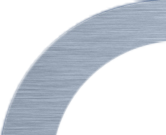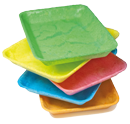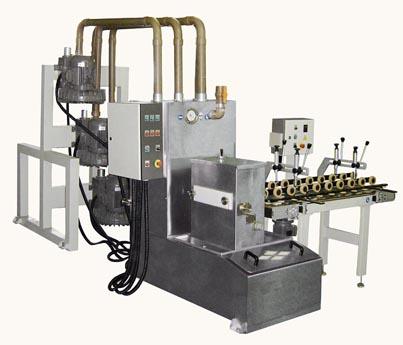

Please ask for samples!

Vacuum Coating machine
Vacuum Coating

Vacuum Coating is a very interesting and reliable tool but not always known in manufacturing, however the process is pretty easy to control and to operate. The Better Surfaces team of professionals would like to introduce you to the world of vacuum coating to maximize your performance of your company.
The product passes through the portion of the coater known as the application chamber at a constant speed. As it enters the chamber it passes through a template which has the same shape hole, or profile, in itself to the shape of the product passing through. As it exits the chamber, it passes through another template called the exit template that also has a similar matching profile.
Paint is drawn from a reservoir by a pump, filtered for large particles, and delivered through a hole into the bottom of the coater head. The level of the coating then rises within the head until the part passing through is completely surrounded or immersed.
A vacuum is applied to the reservoir and the application chamber. The reservoir is a sealed environment attached to the coating head. The coating head contains the only area for air to inrush and that is the space between the product and the template profile. It is this inrush of air that is used to strip excess coating from the product and this removal of excess coating is what determines the wet film thickness applied. The amount removed is subject to the vacuum relief valve, the size of the templates, the linear speed of the product, and the viscosity of the coating. This application and removal method stratifies the coating on removal and then it is drawn up and over a baffle and drains to the reservoir.
Too much vacuum would remove all the coating from the board leaving none behind at all. Conversely a non-existent vacuum would allow the coating head to fill sufficiently with coating where it would run out of the space created between template and product.
The color polluted vacuum air will be mechanically separated from all pigment particles to be returned clean to the atmosphere. The recycled lacquer can be put back to the process. This process guaranties an absolute overspray free process.
Vacuum coating has its limitations:
Only solvent free coating can be used because through the vacuum environment the solvent would be extracted and the characteristic of the product would be changed. Nowadays there are a lot of environmental friendly solvent free lacquers available to be used in a vacuum coater.
Many industries utilize these types of machines and technology because the advantages of the high speed of coating application are the high efficiency of the material uses and the very high transfer efficiencies to the profiled material.
These processes are just a brief projection of projects, implemented from companies as seen on our pages, to provide outmost quality, increasing process reliability and cutting the processing time to make the process as uniform as possible.
Products -> Vacuum Coating ->











